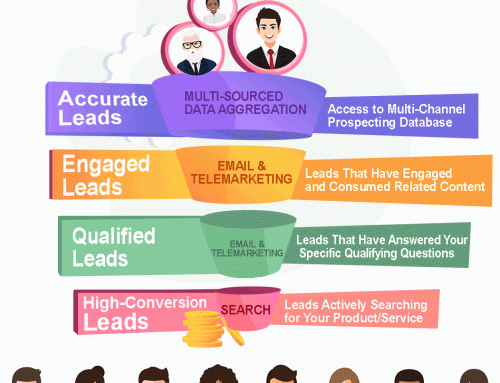When it comes to some of the most important things in life – pizza, first dates, marketing leads – quality is more important than quantity. Marketers constantly assess their lead gen strategies to ensure that they’re getting not just a steady stream of leads but well-qualified leads who show real promise as future customers. Measuring the effectiveness of lead gen activity depends on good data governance, accurate assessment of marketing spend, and a clear idea of how many leads are flowing into your sales funnel.
There’s a problem, though: All these numbers mean nothing if you can’t translate them directly into ROI. What’s your true cost per lead, and how do you calculate it? How do you prioritize leads according to their potential value as customers?
In a recent survey of marketers, nearly half of them said they didn’t feel confident linking marketing ROI directly to individual lead-generation campaigns. That fits with the old marketing adage that “half the money we spend on marketing is wasted – I just don’t know which half,” but John Wanamaker said that almost a century ago. Computers were completely science fiction then. Shouldn’t we be able to connect the dots more effectively today and understand precisely how our lead gen activities translate into actual leads? When we capture those leads, shouldn’t we be able to calculate the estimated return on our investment in locating and nurturing them?
In a word, yes.
We should do better – and with marketing automation tools, we can. Automation allows marketers to tie lead gen campaigns to ROI in a way that becomes more accurate over time as the system develops a historical perspective of lead generation activity. If you’re after quality, it doesn’t make sense to look at quantity metrics – raw lead volume and conversions, which were the two KPIs most frequently cited by marketers in the survey – to monitor it. You need to know not only who took a slice of pizza, but who ate and enjoyed it too because they’re the ones who will order it from you again.
Marketing automation helps solve the problem of incorrect assessment of lead gen effectiveness by centralizing and organizing information. You now see not only surface-level metrics such as traffic volume or simple conversion rates, but also deeper analytics about behavioral and contextual information. Let’s say a lead signs up for your newsletter when asked; that’s a conversion, which is good news. Better news is when you’re able to see where that lead clicked through and what he or she downloaded. The best news: Your historical data on lead behavior suggests that leads who downloaded that particular white paper have a 26 percent buy rate, which means this lead is high-value.
By measuring engagement via behavioral and contextual cues, you learn more about what happens after leads click – and that’s where some of their most valuable decision-making takes place. When you know what they want once they click, you’re able to serve it to them via lead nurture programs, which in turn rely on solid lead scoring to help you identify where that prospect is in the buying process.
Tracking relationship metrics – real measures of engagement, not just volume – gives you a true picture of ROI. It’s also a win for leads as they get customized, personalized service from you. With so much to gain, what’s holding you back from aiming for quality instead of quantity?
© Reach Marketing LLC 2016 All Rights Reserved.






